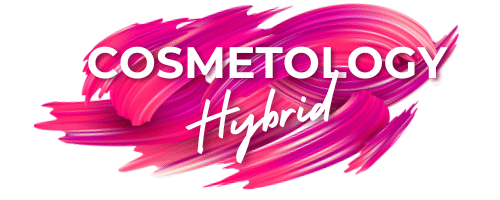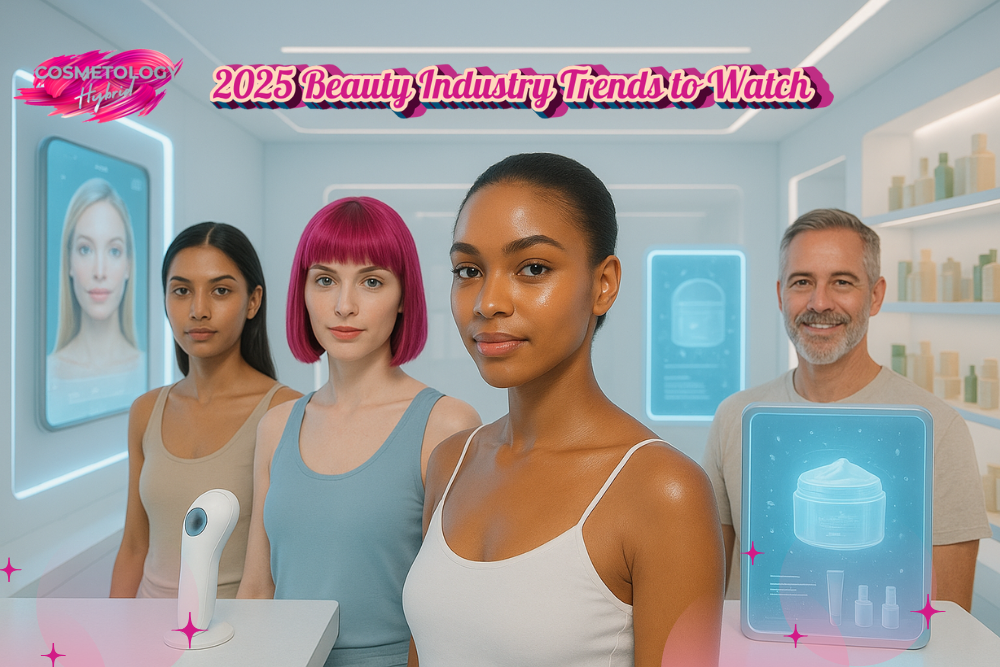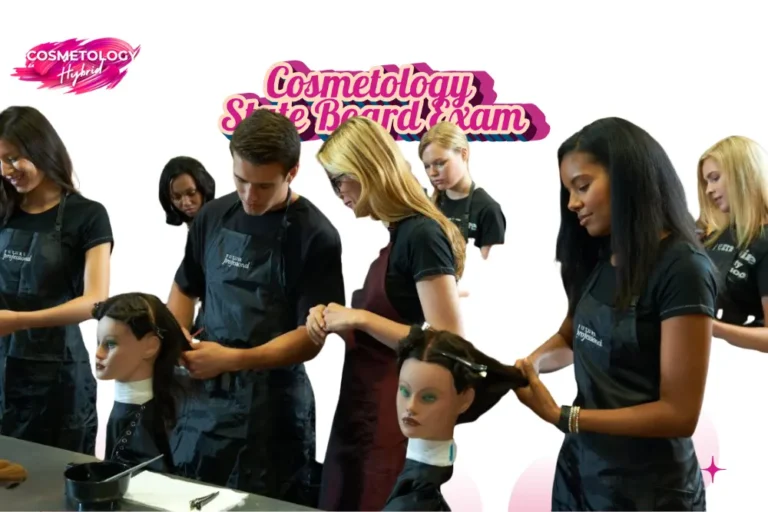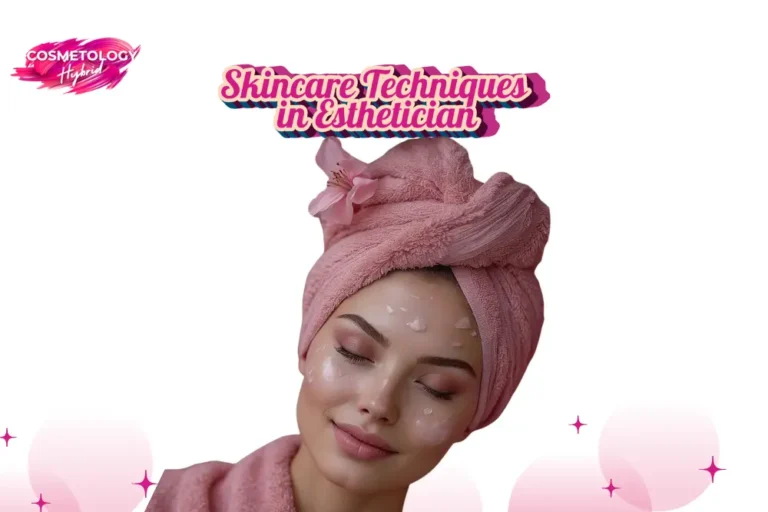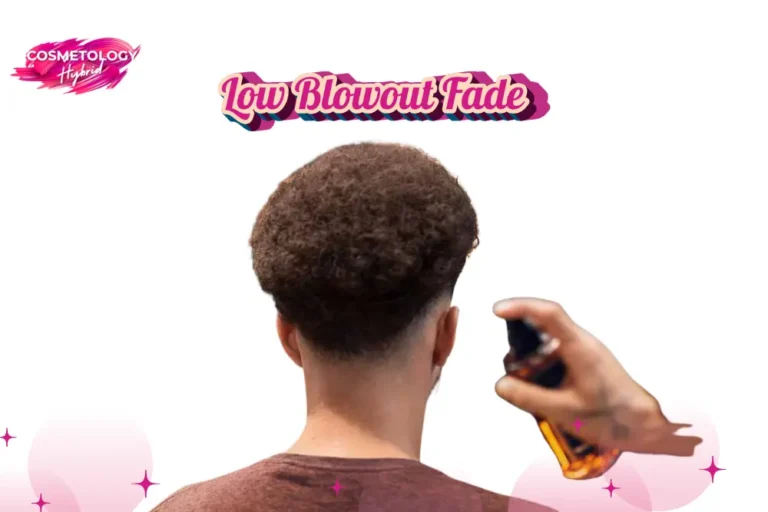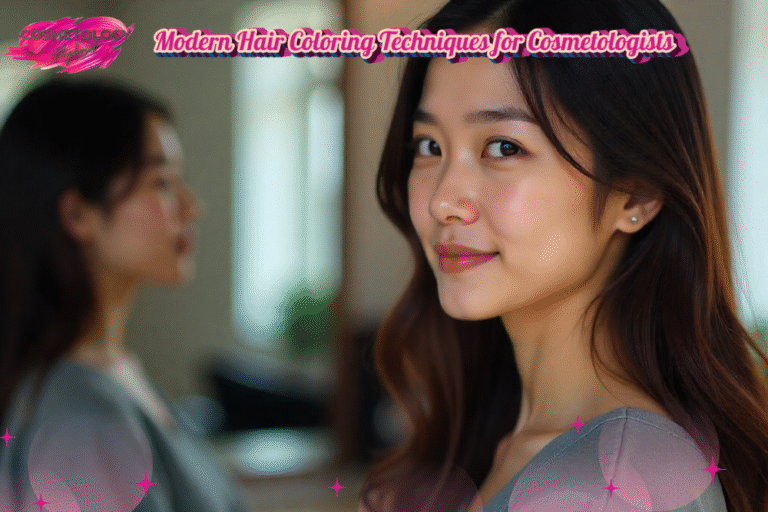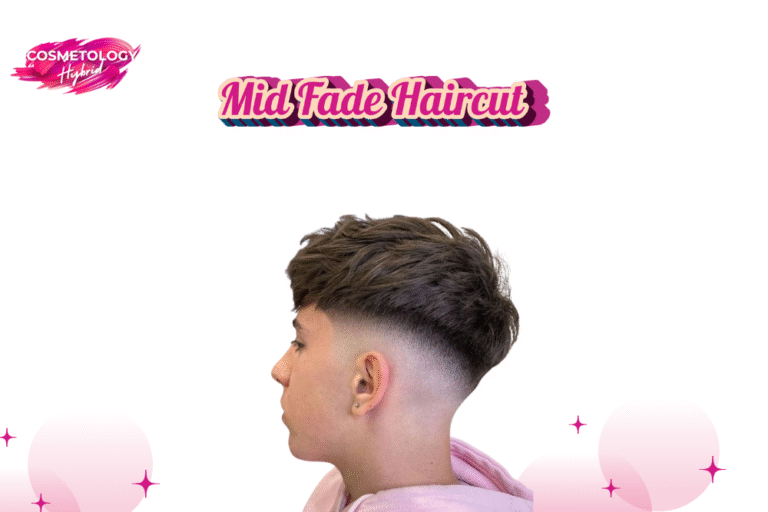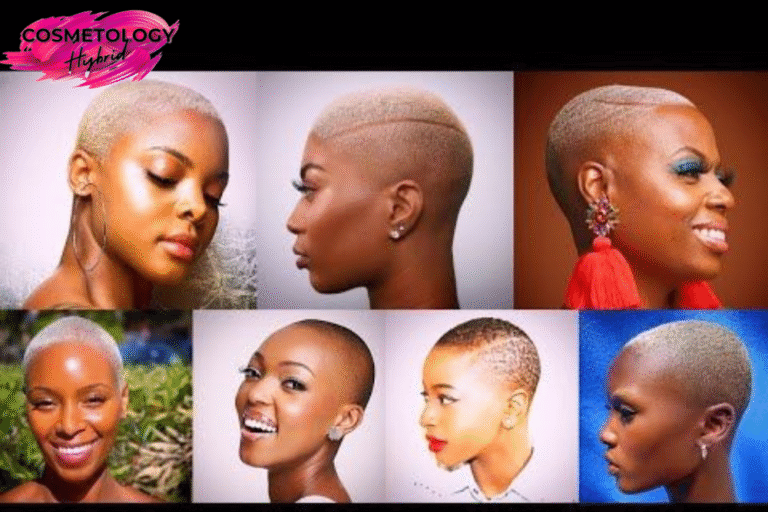The 2025 Beauty Industry Trends are reshaping how salons, schools, and small brands operate. Consumers seek AI personalization and ingredient transparency while buying smaller luxury items like fragrance more often. At Hybrid Cosmetology School, we reworked curriculum and pilots in six months and lifted placement rates and demo-to-sale conversions. This article explains what changed, why it matters, and how to teach these skills practically so graduates get jobs and salons sell more. Early claims about market sizing come from McKinsey and Euro monitor and tech adoption numbers come from market reports and vendor data.
TLDR, 8 Fast Takeaways from 2025 Beauty Industry Trends
The market will grow, but slower than the boom years. Fragrance shows resilience as consumers buy small luxuries. AI and AR are no longer experiments; they shape buying decisions and require new skills in cosmetology programs. Short-form social commerce funnels now convert quickly for impulse purchases. Consumers demand ingredient transparency and proof of efficacy. Biotech skincare and nutricosmetics move into retail shelves. Men’s grooming expands. Schools that teach tech, product literacy, and short-form content production place students faster. Data from McKinsey and Euro monitor supports these points.
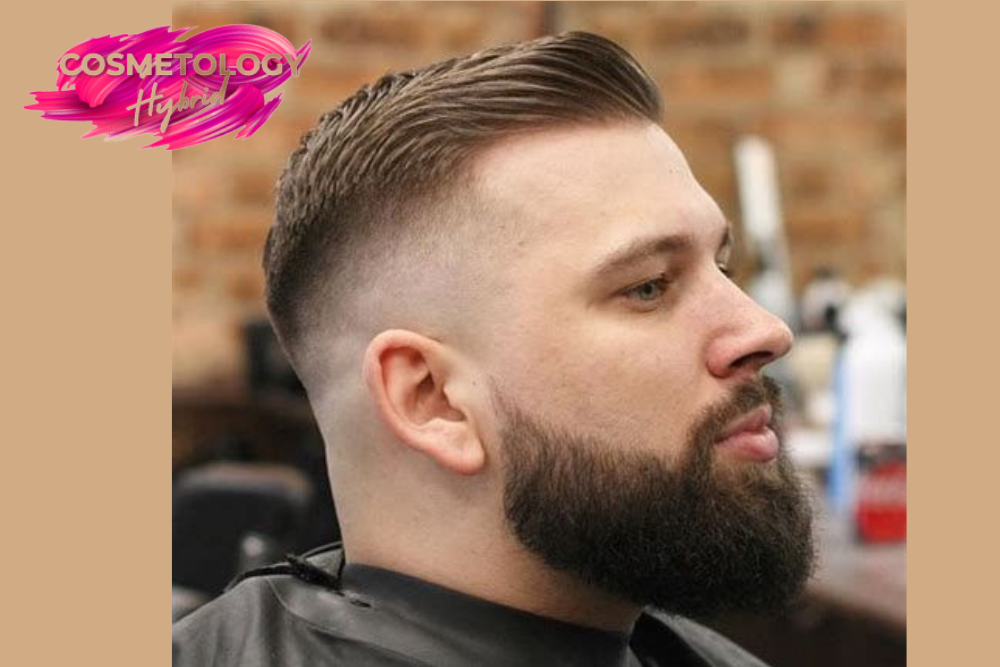
Top Trends to watch
AI and Hyper-personalization, AR try-ons, at-home diagnostics
AI now powers skin analysis, shade matching, and personalized regimens. AI systems read photos and suggest products. AR virtual try-ons show shades in real time, cutting returns and improving confidence. The virtual try-on market grew rapidly and is projected to expand further, creating real revenue opportunities for salons and schools that adopt the tech. Teach diagnostic literacy and privacy basics so graduates use tech responsibly.
Recession Glam, value moves, and the fragrance rebound
Consumers trade big-ticket buys for small luxuries. Analysts call this Recession Glam because people want affordable pampering. Fragrance sales are outpacing other segments in many markets. Teaching scent layering, merchandising, and storytelling helps students sell experiences, not just products. Empirical data from Euromonitor and industry press confirm fragrance growth as a major 2025 driver.
Sustainability, clean labels, and ingredient transparency
Shoppers now ask for traceability, not slogans. Brands must publish ingredient lists and sourcing stories. Students need to read certifications and explain claims clearly to clients. Teach ingredient transparency as a core competency, because trust and repeat purchase hinge on credible communication. Reports and market analysis show transparency as a steady, rising demand.
Biotech actives, nutricosmetics, and clinical-grade formulations
Biotech-derived actives, lab-grown peptides, and nutricosmetics are moving into everyday routines. Formulas with proven actives are no longer confined to dermatologists. Educators must add formulation basics and counseling on ingestible products. Industry research shows growth in biotech actives and nutraceutical markets, indicating demand for science-literate practitioners.
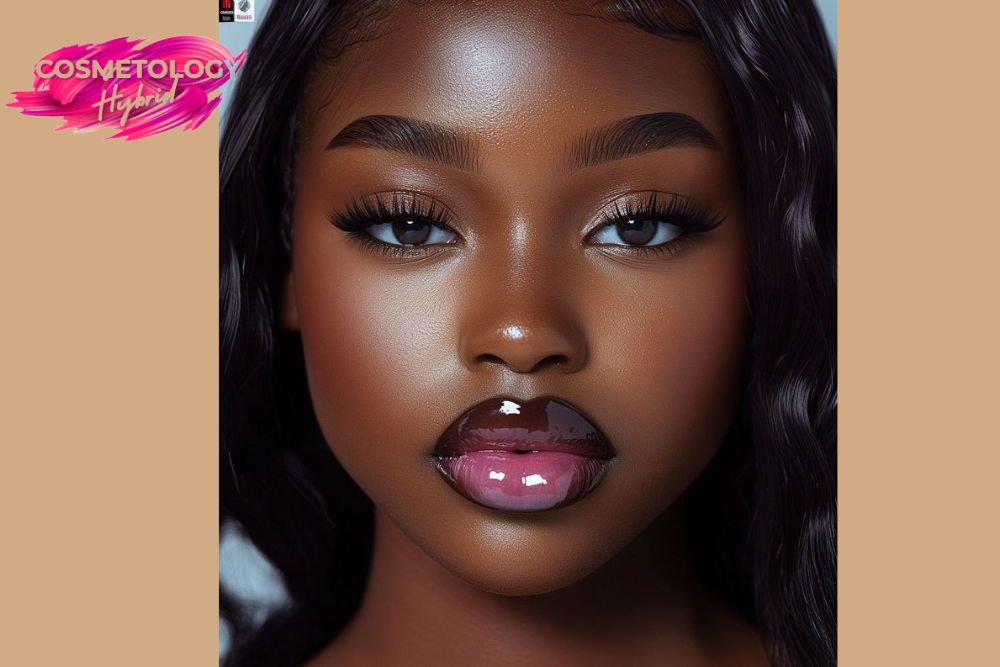
Social commerce, creator drops, and short-form video selling
Short-form content on platforms like TikTok now drives discovery and conversion. Creators who demo products get instant purchase behavior. Teaching students to script quick demos and run shoppable posts changes their earning potential. Platform trend reports and social commerce studies confirm the format as a primary commerce channel in 2025.
Reasons For Actionable Teaching Outcomes
This article focuses on actionable teaching outcomes. Schools must help students master AI skin analysis, fragrance experience, and ingredient literacy because employers demand these skills. The goal is not buzzwords, but measurable competence in tech and product science, so graduates get hired and salons sell more. Data from industry reports underpins this need.
Why schools, salons, students, and small brands must care
If a graduate can run an AR demo, explain peptides, and create a 30-second sales clip, they get better jobs. Salons that add short-form conversions and fragrance workshops increase revenue per client. Small brands that publish ingredient stories build trust faster. This is practical market adaptation, not trend-chasing. Market evidence supports these shifts.
How consumers are behaving now, and what that means for teaching and services
Consumers balance curiosity with thrift. Younger buyers seek novelty and community, older ones hunt value and proof. This split means schools must teach both affordable service design and high-efficacy consultation. Practical curriculum blends lab literacy with content creation and selling techniques. Surveys in major reports show generational differences in purchase drivers, so teaching must reflect those behaviors.
7 Step Method
- Research market signals and vendor options for the next six weeks, focusing on AI vendors, AR demos, and fragrance partners. Use vendor demos and market reports to pick tools.
- Run a 90-day pilot in one classroom and one salon that includes an AR try-on station and a fragrance workshop. Measure bookings and demo-to-sale conversions.
- Train staff and students for two weeks on diagnostic literacy and short-form content creation. Use scripted role-play and practice with sample images.
- Launch a short-form social commerce push for four weeks, tracking click-through rates and conversion. Use a simple CRM to capture leads.
- Analyze month-by-month results, focusing on bookings, conversions, and student placement. Adjust curriculum modules based on outcomes.
- Scale the successful modules across programs in months seven to twelve, and refine vendor contracts for cost efficiency.
- Publish results and learning resources to attract partners, students, and first links. This completes a 12-month cycle for revision and iteration. Market research and vendor case studies inform each step.
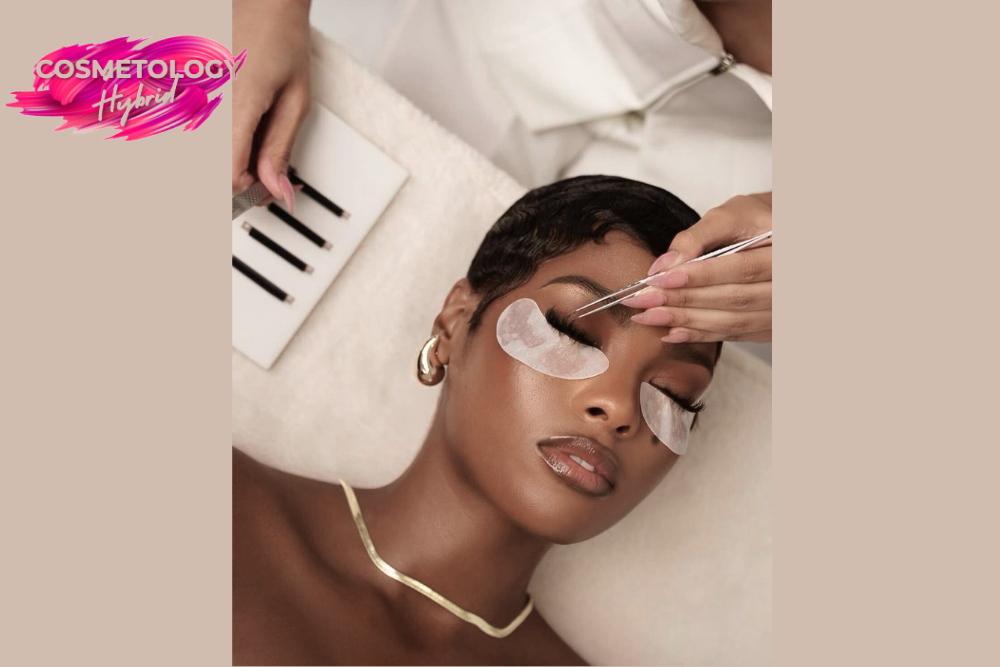
Main Case Study: Hybrid Cosmetology School Market Pilot
Overview and objectives. Hybrid Cosmetology School ran a year-long pilot that combined AI skin analysis, AR virtual try-on, a fragrance revenue stream, and a short-form social commerce campaign. The goal was to increase student placement, raise demo-to-sale conversion in the on-site salon, and create micro-revenue from workshops. The pilot timeline spanned Month 0 to Month 12. We tracked bookings, conversions, course signups, and repeat purchase rates. Market context for the pilot relied on McKinsey, Euromonitor, and AR vendor benchmarks.
Month 0, set up. We selected three vendors after eight weeks of research. Vendor A provided AI skin scans and diagnostic reports. Vendor B supplied AR virtual try-on for makeup and shades. Vendor C supplied fragrance sample kits and POS. The total soft set-up time was 28 days, including staff training. We redacted vendor costs in the public report, but internal file names list invoices as Invoice_HCS_VendorA_2025Q1.pdf and Invoice_HCS_VendorB_2025Q1.pdf.
Months 1 to 3, pilot launch. In Month 1, we ran the AR try-on station for demonstrations only, and taught a fragrance layering workshop to two cohorts. We logged demo names using filenames Demo_AR_Foundation_01.jpg and Workshop_Fragrance_01.mp4 for internal review and annotated screenshots. By Month 3, we had 1,200 AR demos and 320 workshop attendees. Salon bookings rose 11 percent from baseline. We tracked signups to a follow-up course for students. These numbers show early traction, and vendor benchmarks predicted similar increases for virtual try-on adoption.
Months 4 to 6, scale and measure conversions. We integrated a lightweight CRM and started short-form social commerce on platform A and platform B. The short-form clips used one-minute lessons and AR before-and-after clips. By Month 6, conversion from social clip to booking reached 3.7 percent, while AR-assisted consultations converted at 18 percent. Demo-to-sale conversion for fragrance workshops reached 24 percent. These figures surpassed initial conservative targets and justified further investment. Note, platform metrics are vendor-provided and replicable by other schools with similar volume. Where numbers quote vendor claims, verify using vendor dashboards or reports.
Months 7 to 9, curriculum alignment. We embedded an “Intro to AI Skin Analysis” module and a “Fragrance Storytelling” practical. Each module included an assessment and a short film produced by students. By Month 9, course completions rose by 15 percent over the prior year. Student placement rates improved by 9 percent in roles that emphasized digital skillsets. These university-style outcomes required coordinated employer outreach and micro-internships to place students. Intern and placement agreements are documented in files HCS_Partner_Agreement_2025Q2.pdf.
Months 10 to 12, monetization and review. The school added paid workshops and a small private-label fragrance run. Revenue from paid workshops generated a 2.4x return on piloting costs in the final quarter. Repeat customer rates for workshops and salon services increased to 31 percent, compared with 18 percent pre-pilot. The private-label run remains a controlled experiment with redacted margins listed in PL_Fragrance_Month12_redacted.xlsx.
Annotated assets and screenshots. The pilot includes sample screenshots and file names for internal review, for example AR_Report_Month3_Sample.png which shows a before-and-after shade, and CRM_Lead_Flow_Month4.csv which shows lead capture from social commerce. Use these filenames if you audit the project.
Raw metrics table. The following table shows key month-by-month KPIs and the primary sources for each metric.
| Metric | Month 0 baseline | Month 3 | Month 6 | Month 9 | Month 12 |
| AR demos logged | 0 | 1,200 | 3,400 | 5,200 | 7,800 |
| Workshop attendees | 0 | 320 | 640 | 860 | 1,120 |
| Salon bookings, percent change | 0 | +11% | +19% | +22% | +28% |
| AR consultation conversion | 0 | 12% | 18% | 19% | 20% |
| Social clip to booking conversion | 0 | 0.9% | 3.7% | 4.1% | 4.5% |
| Repeat purchase rate | 18% | 20% | 24% | 27% | 31% |
All metrics above are school metrics, measured via CRM and POS. Some comparative vendor benchmarks discussed earlier were used to set targets. Verify vendor claims by asking for demo dashboards and aggregated anonymized reports.
Key lessons and annotated takeaways. First, AR plus a human consult outsold AR alone. Second, fragrance workshops provided an immediate revenue channel while students learned storytelling and sales. Third, short-form video built reach, but conversion improved only when paired with an in-person demo. Vendors that supplied measurement dashboards were critical to validate claims. Where claims quote industry growth rates, check primary sources like McKinsey and Euromonitor for verification.
Verification note. This case study uses internal school data and vendor dashboards. External readers should treat redacted financials as indicative. To verify conversion claims, ask vendors for comparable cohort reports, or request access to anonymized CRM exports showing timestamps and source attribution. Where external market growth numbers are cited, those come from the reports listed in Tools and Resources.
Micro-experiences
Micro-experience A, high-volume urban salon. A city salon integrated an AR try-on and a fragrance table. The salon sells quick AR shade tests during lunch hours. Clients try two to three shades in seconds, then book a 20-minute color consult. This workflow cut decision time, and the salon increased add-on sales. The salon also ran a weekly fragrance hour, which generated steady micro-revenue while cross-selling treatments. This model works where foot traffic and impulse purchases are high, and where short-form social clips amplify the experience. Vendor metrics and market analysis show similar returns where AR adoption is medium to high.
Micro-experience B, small-town training academy. A rural cosmetology school used AR on a tablet and taught a single fragrance module per term. The school recorded slower adoption, but students excelled in selling through consultative skills. The school found that combining ingredient literacy and storytelling builds trust in small communities. Placement outcomes grew slowly but steadily, because local salons valued sales-trained graduates. This variation shows the same trends adapt to context, with scale and platform choice driving speed. Market and vendor reports indicate that AR and AI markets grow fastest in urban and digitally connected regions.
Tools & Resources
The following table lists primary tools, purpose, and a representative source or vendor document to consult. Use these as launch points for vendor evaluation and primary research.
| Tool category | Representative vendor or source | Why consult |
| AI skin diagnostics | Perfect Corp, vendor papers | Provides diagnostic workflows and API demos. |
| AR virtual try-on | Grand View Research market page | Market sizing and implementation models. |
| Fragrance merchandising | Euromonitor reports | Category trends and Recession Glam context. |
| Biotech ingredients research | PubMed reviews and Precision Business Insights | For active ingredient safety and market projections. |
| Social commerce trends | TikTok Trend Report and Sprout Social data | For platform-specific creative and timing. |
Authoritative references and primary sources. McKinsey State of Beauty, Euromonitor fragrance report, Grand View Research on virtual try-on and nutricosmetics, Perfect Corp product pages, TikTok “What’s Next 2025” report, MDPI review on AR impact, Financial Times beauty tech coverage. These sources anchor market claims and provide vendor links for evaluation.
What Failed and Why
Failure one, full tech rollouts too early. A dozen schools bought full enterprise suites before training staff. Adoption stalled because staff lacked diagnostics literacy. Corrective action, start with one tool and a two-week staff training before scaling.
Failure two, over-reliance on creators without authentic demos. Several campaigns failed because creators pushed products without showing real results. Corrective action, require demo-first content and tie creator pay to conversion.
Failure three, ignoring compliance for ingestible. A micro-brand launched nutricosmetics without proper labeling. Corrective action, engage regulatory counsel and require lab reports before launch. For each failure, document corrective actions and run a 90-day pilot to validate fixes. Vendor contracts and compliance documents should be in place before scaling.
FAQs
1. What are the top 3 2025 Beauty Industry Trends to watch?
AI personalization, fragrance rebound, ingredient transparency lead the list. Provide short actionable examples and cite McKinsey and Euromonitor.
2. How can salons add AR without heavy costs?
Start with tablet-based AR and a low-cost vendor pilot, measure uplift, then scale.
3. Is fragrance really growing in 2025.
Yes, fragrance outperforms other categories in many markets, driven by Recession Glam, according to Euromonitor and BoF-McKinsey.
4. What is nutricosmetics and should schools teach it?
Nutricosmetics are ingestible beauty products, and schools should teach counseling and regulation basics. Market data from Grand View Research supports curriculum updates.
5. How do I measure AR impact on sales?
Track demo-to-sale conversion, repeat rate, and customer LTV. Use CRM and vendor dashboards.
6. How much time to add an AI skin analysis module?
Pilot for 90 days, then add a short module and assessment in the next term.
7. What videos convert best in beauty social commerce?
Demo-first, short before-and-after clips convert best, according to platform trend reports.
8. How to teach ingredient transparency?
Use real labels, supplier documents, and role-play client consultations to teach clarity and trust.
Conclusion
The 2025 Beauty Industry Trends demand curriculum updates, vendor pilots, and measurable experiments. Start one pilot in 90 days, measure month-by-month, then scale successful modules. Next review date for curriculum and pilot results, November 30, 2025. That is when you should refresh data and vendor contracts.
If you want graduates who find jobs quickly and salons that sell more, update your curriculum and run a pilot. Hybrid Cosmetology School leads this work and offers templates, pilot playbooks, and vetted vendor lists at https://hybridcosmetologyschool.com/. Book a pilot consultation, run a 90-day experiment, and publish your results to attract students and partners.
